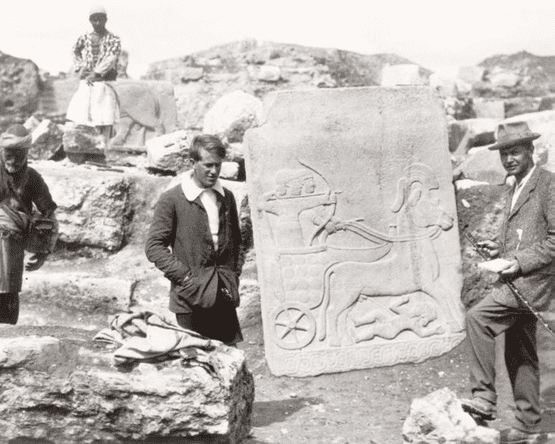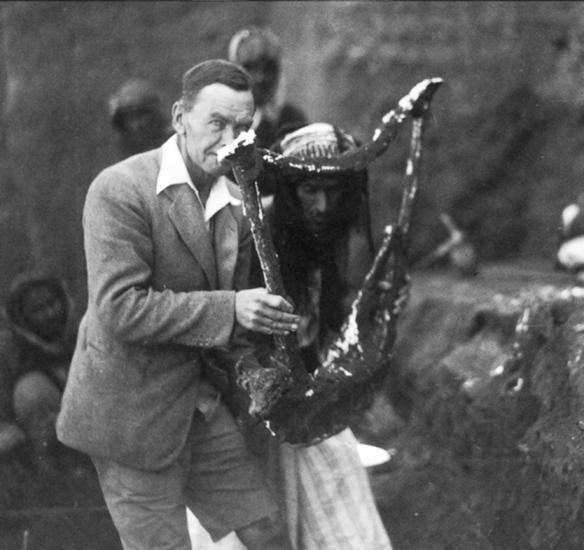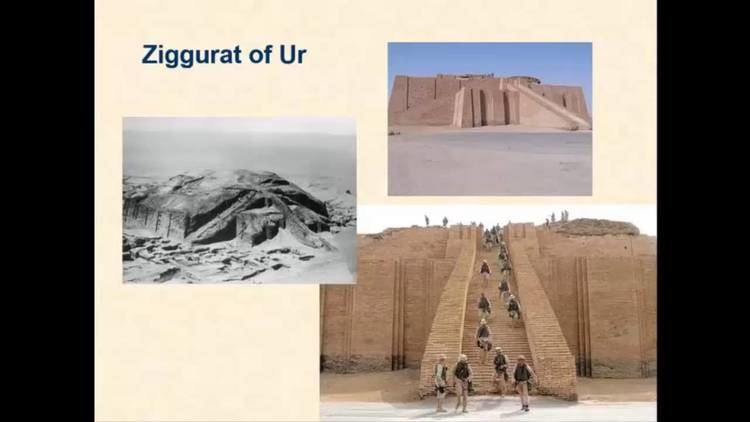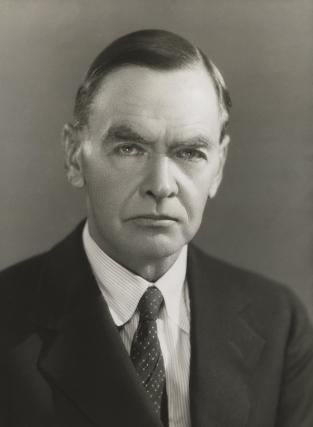Awards Huxley Medal | Role Archaeologist Name Leonard Woolley | |
 | ||
Born 17 April 1880Upper Clapton, London ( 1880-04-17 ) Spouse Katharine Elizabeth Keeling Menke Died February 20, 1960, London, United Kingdom Siblings Geoffrey Woolley, George Cathcart Woolley Books Excavations at Ur, Ur of the Chaldees, The wilderness of Zin, Digging up the Past, The Sumerians Similar People T E Lawrence, Reginald Campbell Thompson, Flinders Petrie, Arthur Evans | ||
Treasures from the Royal Tombs of Ur
Sir Charles Leonard Woolley (17 April 1880 – 20 February 1960) was a British archaeologist best known for his excavations at Ur in Mesopotamia. He is recognized as one of the first archaeologists to excavate methodically, and utilise records to reconstruct ancient life. Woolley was knighted in 1935 for his contributions to the discipline of archaeology.
Contents
- Treasures from the Royal Tombs of Ur
- Leonard woolley
- Early life
- Career
- Excavation at Ur
- Local Genesis flood theory
- World War II
- Personal life
- References

He was one of the first ‘modern’ archaeologists, who excavated in a methodical way, keeping careful records, and using them to reconstruct ancient life and history.

Leonard woolley
Early life

Woolley was the son of a clergyman, and was brother to Geoffrey Harold Woolley, VC, and George Cathcart Woolley. He was born at 13 Southwold Road, Upper Clapton, in the modern London Borough of Hackney and educated at St John's School, Leatherhead and New College, Oxford. He was interested in excavations from a young age.
Career

In 1905, Woolley became assistant of the Ashmolean Museum, Oxford. Volunteered by Arthur Evans to run the excavations on the Roman site at Corbridge (near Hadrian's Wall) for Francis Haverfield, Woolley began his excavation career there in 1906, later admitting in Spadework that "I had never studied archaeological methods even from books ... and I had not any idea how to make a survey or a ground-plan" (Woolley 1953:15). Nevertheless, the Corbridge Lion was found under his supervision.

Woolley next traveled to Nubia where he worked with David Randall-MacIver on a project for the University of Pennsylvania. In 1912–1914, with T. E. Lawrence as his assistant, he excavated the Hittite city of Carchemish. Lawrence and Woolley were apparently working for British Naval Intelligence and monitoring the construction of Germany's Berlin-to-Baghdad railway.
During World War I, Woolley, with Lawrence, was posted to Cairo, where he met Gertrude Bell. He then moved to Alexandria, where he was assigned to work on naval espionage. Turkey captured a ship he was on, and held him for two years in a relatively comfortable prisoner-of-war camp. He received the Croix de Guerre from France at the war's end.
In the following years, Woolley returned to Carchemish, and then worked at Amarna in Egypt.
Excavation at Ur
Woolley led a joint expedition of the British Museum and the University of Pennsylvania to Ur, beginning in 1922. There, he made important discoveries, including the Copper Bull, in the course of excavating the royal cemetery and the pair of Ram in a Thicket figurines. Agatha Christie's novel, Murder in Mesopotamia, was inspired by the discovery of the royal tombs. Christie later married Woolley's young assistant, Max Mallowan.
Ur was the burial site of what may have been many Sumerian royals. Woolley discovered tombs of great material wealth, containing large paintings of ancient Sumerian culture at its zenith, along with gold and silver jewellery, cups and other furnishings. The most extravagant tomb was that of "Queen" Pu-Abi. Amazingly enough, Queen Pu-Abi's tomb was untouched by looters. Inside the tomb, many well-preserved items were found, including a cylindrical seal bearing her name in Sumerian. Her body was found buried along with those of two attendants, who had presumably been poisoned to continue to serve her after death. Woolley was able to reconstruct Pu-Abi's funeral ceremony from objects found in her tomb.
In 1936, after his discoveries at Ur, Woolley was interested in finding ties between the ancient Aegean and Mesopotamian civilisations. This led him to the Syrian city of Al Mina. From 1937 to 1939, he was in Tell Atchana.
Local Genesis flood theory
Woolley was one of the first archaeologists to propose that the flood described in the Book of Genesis was local after identifying a flood-stratum at Ur: "...400 miles long and 100 miles wide; but for the occupants of the valley that was the whole world".
World War II
His archaeological career was interrupted by the United Kingdom's entry into World War II, and he became part of the Monuments, Fine Arts and Archives Section of the Allied armies. After the war, he returned to Alalakh, where he continued to work from 1946 until 1949.
Personal life
Woolley married Katharine Elizabeth Keeling (née Menke; born June 1888 – died 8 November 1945), who was born in England to German parents and had previously been married to Lieut. Col. Bertram Francis Eardley Keeling (OBE, MC). He had hired Keeling in 1924 as expedition artist and draughtswoman; they married in 1927 and she continued to play an important role at his archaeological sites.
Woolley died on 20 February 1960 at age 79.
